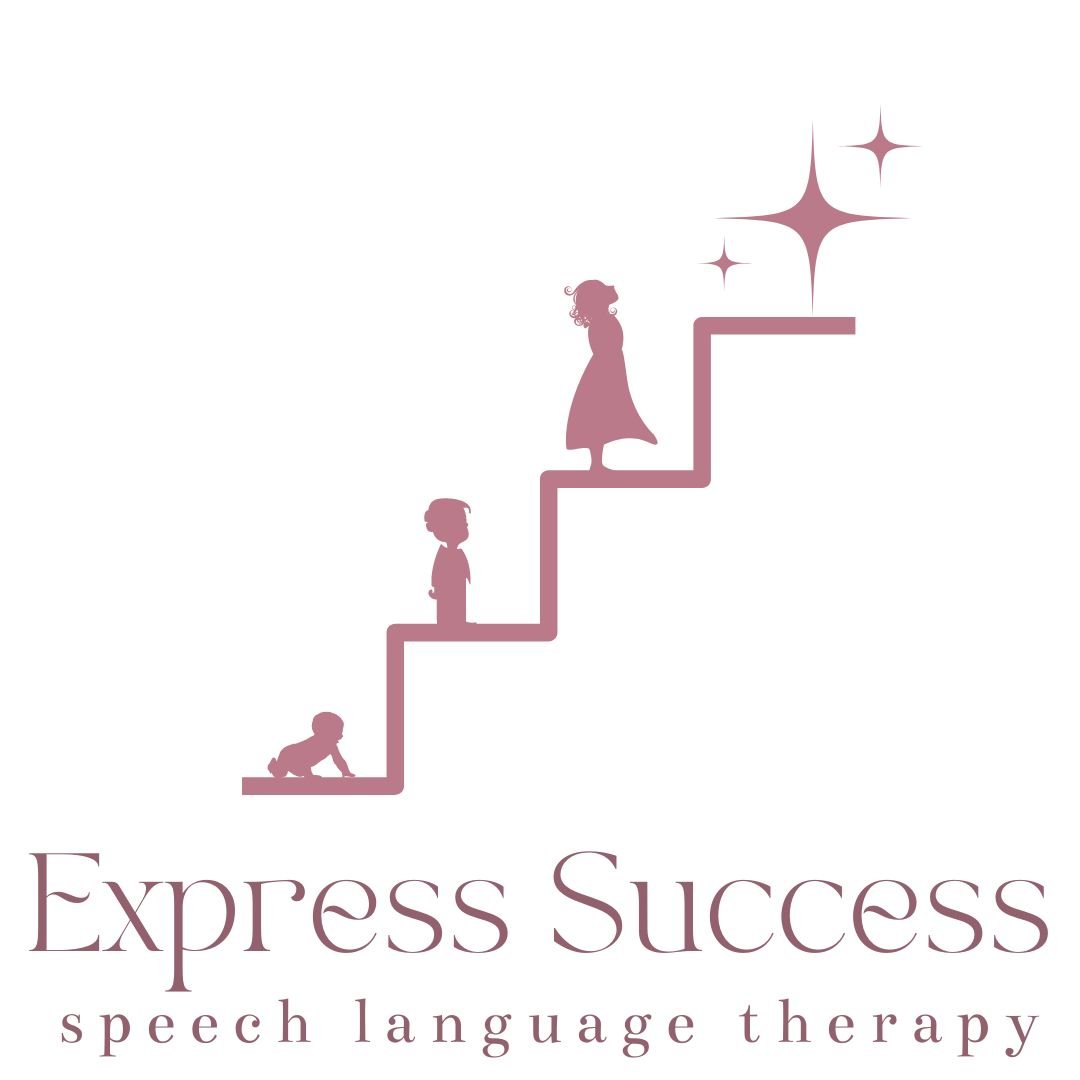
Our services
Speech Sound Disorders
Speech sound disorders are an umbrella term referring to any difficulty or combination of difficulties with perception, motor production, or phonological representation of speech sounds and speech segments—including phonotactic rules governing permissible speech sound sequences in a language (ASHA). This results in children experiencing persistent difficulties in saying sounds clearly and correctly.
Speech sound disorders can be categorized into organic which are known causes such as Childhood Apraxia of Speech, dysarthria, Cleft lip/palate and functional which are unknown causes such as articulation and phonological deficits in nature.
Social Communication Disorders
Social communication disorders occur when individuals experience challenges with the use of verbal and nonverbal language for social purposes. This can include initiating conversations, greetings, turn taking within communication exchanges, and comprehension of non-literal language such as metaphors, inferences, etc in conversation.
Receptive-Expressive Language Disorders
Receptive language disorders are characterized through challenges in comprehending spoken language. Expressive language disorders result in difficulties effectively and efficiently communicating ideas, wants, and needs to others. Deficits in comprehension and/or production can occur across any of the five language domains (i.e., phonology, morphology, syntax, semantics, pragmatics). This is considered a specific language impairment when not accompanied by underlying or existing medical diagnoses. Language disorders and delays can occur in the presence of intellectual disabilities, Autism Spectrum Disorder, global developmental delays, hearing or other sensory impairments, motor dysfunctions, or other medical conditions.
Fluency Disorders
A fluency disorder is an interruption in the flow of speaking characterized by atypical rate, rhythm, and disfluencies. These are typically characterized by repetitions of sounds, syllables, and words, sound prolongations, and blocks. Individuals who present with disfluencies can also experience excessive tension and speaking avoidance, resulting in a negative social and emotional impact when communicating with others.
Caregiver and Community Coaching
Research shows that caregiver-led involvement is effective in promoting and supporting generalization of target communication goals. You are the ultimate expert of your child and we’re here to provide you with valuable tools and strategies to help your child grow and develop! Coaching and collaborative work with your child’s other providers may be scheduled during your session or in a 30 or 60-minute consultation rate outside of your scheduled appointment.
Alternative and Augmentative
Communication (AAC)
AAC is utilized to augment an individuals spoken language through a series of alternative forms of communication. This includes a series of AAC which involves the use of no-tech (signs, eye gaze, gestures), low-tech (communication boards/books, visuals, etc), mid-tech devices (big mack buttons, GoTalk, etc) and high-tech systems (iPad, speech generating devices with specialized applications: Proloquo2go, TouchChat, LAMP, etc…). We will work with those using AAC devices to ensure continued support for utilizing devices effectively for their communication needs.
“Commemorate the ability to communicate”
— Anna Poulmentis, M.A., CCC-SLP





